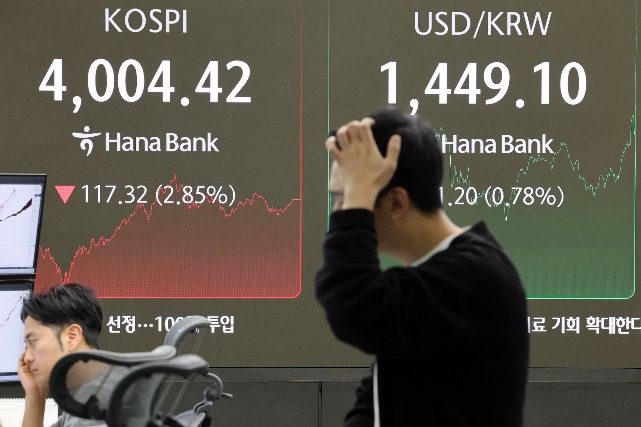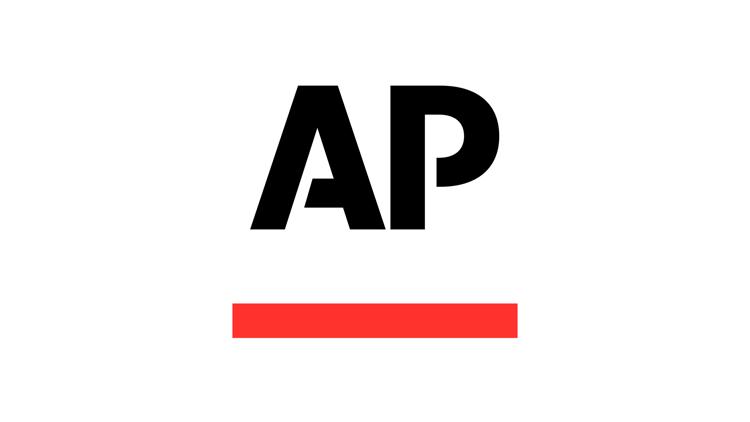UPDATE: South Korea’s Kospi index has experienced a dramatic plunge of 2.9%, closing at 4,004.42 on November 5, 2025, marking its steepest drop in three months. This sudden downturn is fueled by escalating concerns over an artificial intelligence bubble and significant foreign selling of stocks.
The benchmark index fell as much as 6.2% during trading, triggering a sell-side circuit breaker known as a sidecar, which halts futures trading for five minutes to prevent panic selling. This is the largest single-day decline since August 1, when investors reacted negatively to the Korean government’s tax reform proposals.
The Kosdaq index also faced pressure, decreasing 2.7% to close at 901.89. This marked the first occurrence since August 5, 2024 that both the Kospi and Kosdaq triggered sidecar halts on the same day, indicating widespread market distress.
Foreign investors sold off approximately 2.5 trillion won (about $1.7 billion) in Korean shares, exacerbating market volatility. This sell-off followed a downturn in U.S. tech stocks, particularly in the semiconductor and AI sectors, with notable declines in companies like Palantir and AMD despite reporting strong earnings.
“After the market zoomed about 20% last month alone, profit-taking was inevitable,” said Lee Han-young, head of equity investment at Vogo Fund Asset Management.
The Korean won plummeted to 1,449.40 per US dollar, up 11.5 won from the previous day, briefly crossing the 1,450 mark for the first time in seven months. This depreciation is attributed to heavy foreign outflows and the strengthening U.S. dollar.
Despite the turmoil, retail investors have stepped in aggressively, purchasing a net 2.6 trillion won in Kospi stocks. Their buying spree primarily focused on major firms such as SK Hynix Inc. and Samsung Electronics Co., alongside companies like Doosan Enerbility and Naver Corp. Notably, retail investors have invested around 7 trillion won into domestic equities over the past three trading sessions.
According to the Korea Financial Investment Association, the number of active retail accounts has surged to over 95 million, up 9% from late 2022, with margin loan balances nearing a record 25 trillion won.
However, short-selling activity has surged, contributing to the market’s volatility. As of the end of October, short interest on the Kospi increased by 9% to 12.46 trillion won, while the Kosdaq saw a 14% rise to 5.3 trillion won. Securities on loan, a proxy for future short trades, jumped 17% to 123.7 trillion won.
Despite today’s significant market fluctuations, analysts suggest the correction is not a precursor to a long-term downturn. “Today’s drop was largely driven by profit-taking after recent gains, compounded by the weakness in U.S. tech stocks,” stated Lim Jeong-eun, an analyst at KB Securities Co. “The Kospi remains in a clear bull-market zone, and with ample liquidity, the pullback is likely to be short-lived.”
Moving forward, investors will be closely monitoring further developments in the tech sector and the overall market sentiment as analysts predict that current conditions will recalibrate following the recent surge in Korean equities.





